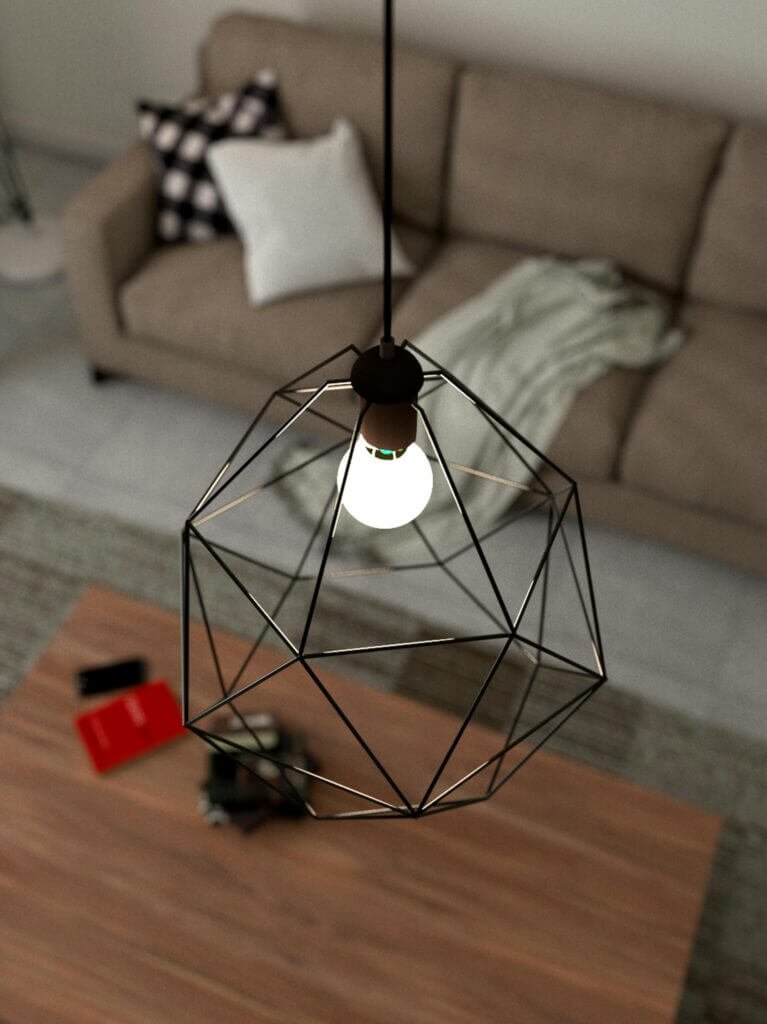In 2025, the concept of home has evolved beyond mere shelter; it has become a sanctuary for well-being, comfort, and sustainability. As we spend more time indoors, our living spaces are transforming into personalized retreats that nurture our physical and mental health. This article explores the top home comfort and wellness trends shaping interior design this year.
🌿 1. Biophilic Design: Bringing Nature Indoors
Biophilic design, which integrates natural elements into indoor spaces, continues to gain momentum in 2025. Homeowners are incorporating features like indoor gardens, green walls, and natural materials such as wood and stone to create a calming environment. Studies have shown that exposure to nature can reduce stress and improve overall well-being.
Key Elements:
- Indoor Gardens: Utilizing vertical gardens and hanging planters to maximize space and greenery.
- Natural Materials: Incorporating materials like bamboo, cork, and clay for a sustainable and earthy feel.
- Maximized Natural Light: Designing spaces with large windows and open layouts to enhance daylight exposure.


🧘 2. Wellness Rooms: Dedicated Spaces for Health and Relaxation
The rise of wellness rooms reflects a shift towards prioritizing health within the home. These multifunctional spaces are designed for activities like yoga, meditation, and fitness, promoting both physical and mental well-being.
Popular Features:
- Zen Gardens: Creating tranquil environments with elements like stones, sand, and minimalist decor.
- Aromatherapy: Incorporating essential oil diffusers and scented candles to enhance relaxation.
- Smart Lighting: Using adjustable lighting systems to set the mood and support circadian rhythms.
🏠 3. Smart Home Wellness Technology
Technology plays a pivotal role in enhancing home comfort and wellness. In 2025, smart home systems are increasingly integrated to monitor and improve indoor environments.
Innovations Include:
- Air and Water Quality Monitoring: Devices that detect pollutants and adjust settings to maintain optimal conditions.
- Circadian Lighting Systems: Lighting that adjusts throughout the day to support natural sleep-wake cycles.
- Health Monitoring Devices: Wearables and sensors that track vital signs and provide feedback for healthier living.
🌱 4. Sustainable and Eco-Friendly Materials
Sustainability remains a cornerstone of modern home design. Homeowners are opting for eco-friendly materials and energy-efficient solutions to reduce their environmental footprint.
Trends in Sustainable Design:
- Recycled Materials: Using reclaimed wood, metal, and glass in construction and decor.
- Energy-Efficient Appliances: Installing smart thermostats, LED lighting, and energy-efficient appliances to minimize energy consumption.
- Water Conservation: Implementing low-flow fixtures and rainwater harvesting systems to conserve water resources.


🛋️ 5. Comfort-First Interiors
The emphasis on comfort is evident in 2025 interior design. Spaces are being crafted to promote relaxation and well-being through thoughtful design choices.
Comfort-Enhancing Features:
- Ergonomic Furniture: Investing in furniture that supports posture and reduces physical strain.
- Soft Textiles: Incorporating materials like velvet, chenille, and cashmere for a cozy atmosphere.
- Layered Lighting: Utilizing a combination of ambient, task, and accent lighting to create a warm and inviting space.


🧠 6. Personalized Spaces for Individual Well-Being
Personalization is key in creating spaces that cater to individual needs and preferences. Homeowners are customizing their environments to reflect their personalities and support their wellness goals.
Personalization Ideas:
- Custom Furniture: Commissioning bespoke pieces that fit specific needs and styles.
- Personalized Decor: Incorporating artwork, colors, and textures that resonate personally.
- Flexible Layouts: Designing spaces that can be easily adapted for various activities and moods.
🌅 7. Integrated Outdoor Living
Blurring the lines between indoor and outdoor spaces enhances the sense of tranquility and connection to nature. In 2025, outdoor living areas are becoming extensions of the home, designed for relaxation and socialization.
Outdoor Living Features:
- Covered Patios and Decks: Providing sheltered spaces for year-round use.
- Outdoor Kitchens: Equipping outdoor areas with cooking facilities for alfresco dining.
- Fire Pits and Water Features: Adding elements that create ambiance and encourage outdoor gatherings.
🛁 8. Spa-Inspired Bathrooms
Bathrooms are transforming into spa-like retreats that promote relaxation and self-care. Features that enhance comfort and wellness are becoming standard in modern bathrooms.
Spa Features Include:
- Deep Soaking Tubs: Providing a luxurious bathing experience.
- Aromatherapy Diffusers: Infusing the air with calming scents.
- Heated Floors and Towel Bars: Ensuring warmth and comfort.
🧼 9. Clean Technology and Smart Cleaning Tools
Advancements in cleaning technology are making it easier to maintain a healthy home environment. In 2025, smart cleaning devices are becoming essential for efficient and effective home maintenance.
Smart Cleaning Innovations:
- Self-Cleaning Vacuum Cleaners: Devices that automatically empty and clean themselves.
- Smart Air Purifiers: Systems that monitor and improve indoor air quality in real-time.
- Automated Cleaning Schedules: Setting routines for cleaning tasks to ensure consistency and convenience.
Also Read: HOW YOGA BENEFITS YOU IN EVERYDAY LIFE | WHAT IS CARB CYCLE – FAST FAT BURNING PROCESS!
🧘♀️ 10. Mindful and Functional Spaces
Designing spaces that promote mindfulness and functionality is a growing trend in 2025. Homeowners are seeking environments that support well-being and productivity.
Mindful Design Elements:
- Decluttered Spaces: Maintaining organized environments to reduce stress.
- Multi-Functional Furniture: Choosing pieces that serve multiple purposes to maximize space and utility.
- Calming Color Palettes: Using colors that promote relaxation and focus.
🧠 Conclusion
The home of 2025 is a reflection of our evolving understanding of wellness, comfort, and sustainability. By embracing these trends, homeowners can create spaces that not only enhance their quality of life but also contribute to a healthier planet. Whether it’s through biophilic design, smart technology, or personalized spaces, the focus is on creating environments that nurture the mind, body, and spirit.
Also Read : YOGA POSES FOR BEGINNERS | A BEGINNER’S GUIDE | WEIGHT LOSS : HOW TO MAKE A FAT LOSS DETOX DRINK?